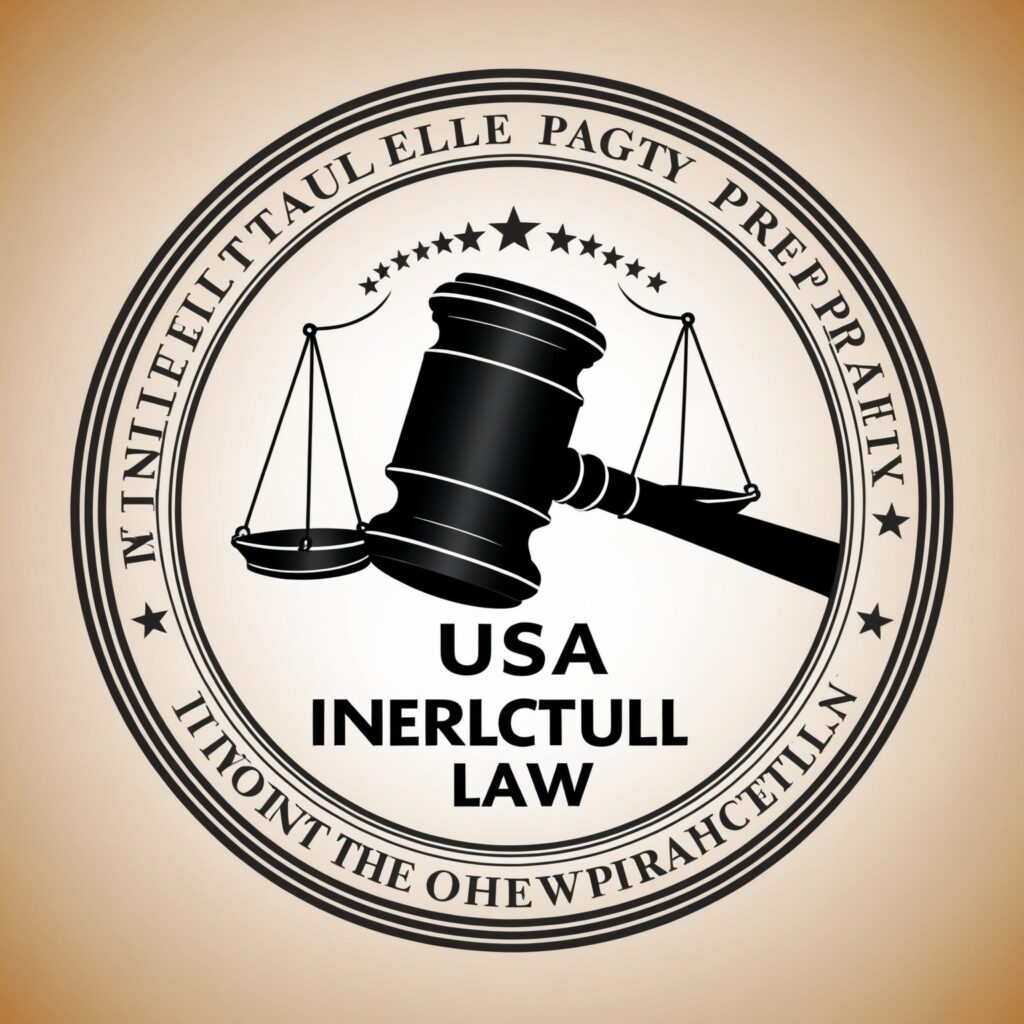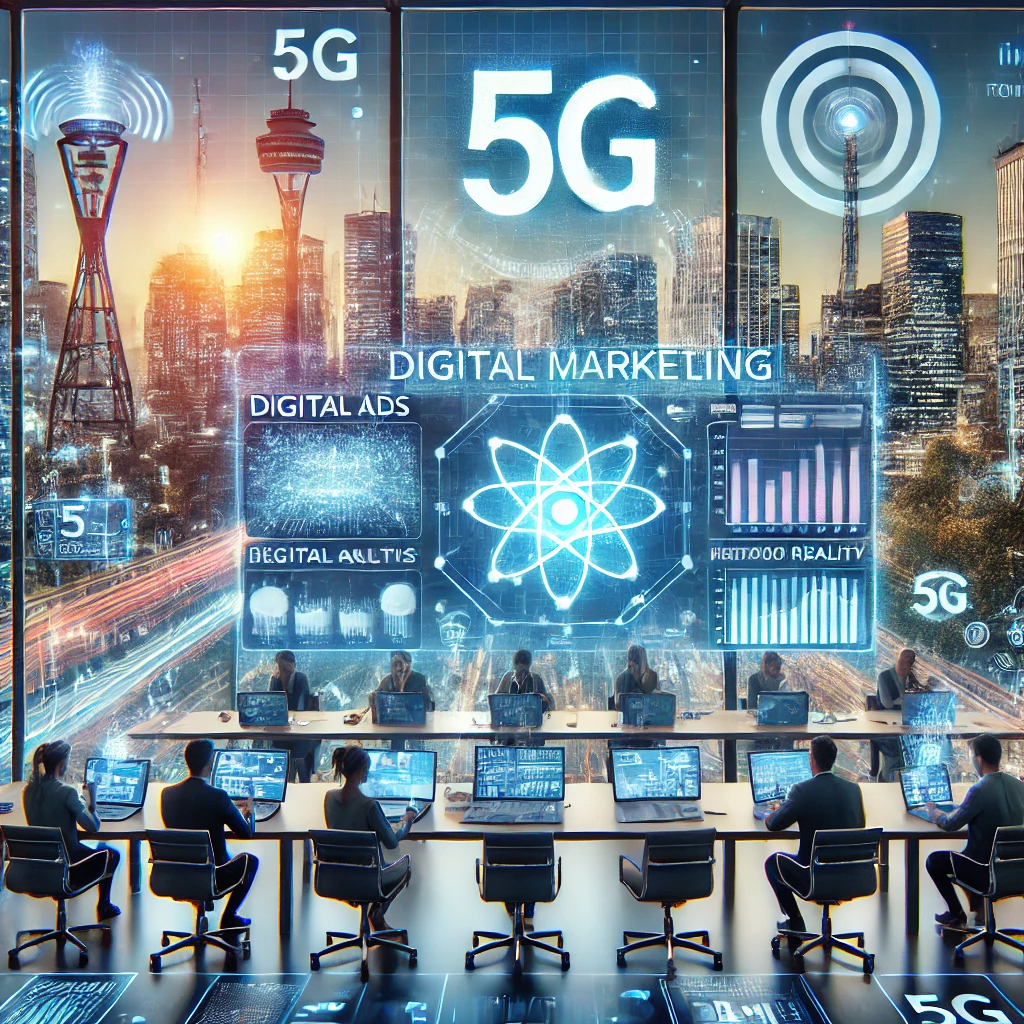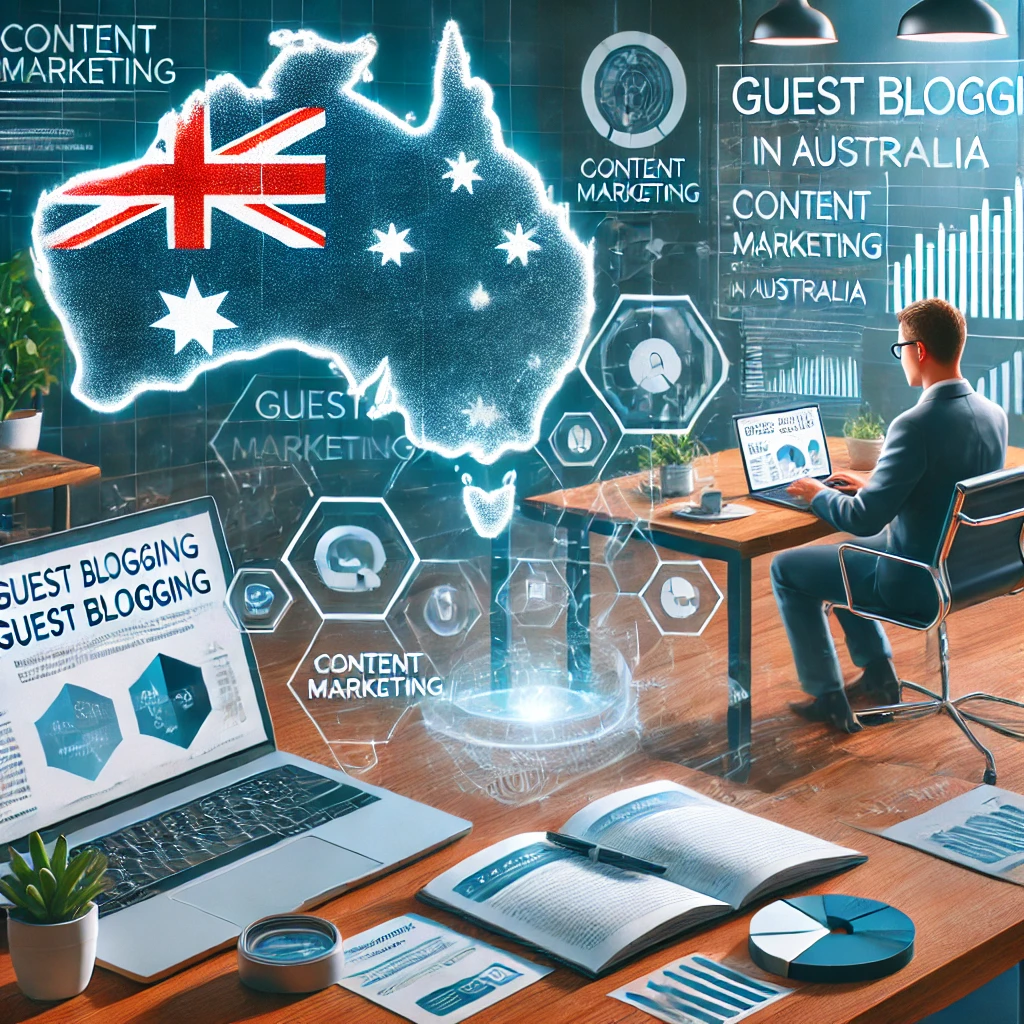Introduction
Intellectual Property (IP) law in the United States serves as a cornerstone of innovation, creativity, and economic growth. It provides legal protections for inventions, literary and artistic works, symbols, names, and images used in commerce. As the world rapidly advances in technology, the scope and complexity of IP law in the U.S. have expanded, raising new challenges that call for careful consideration and adaptation.
The Historical Foundations of U.S. Intellectual Property Law
The origins of IP law in the United States are rooted in the U.S. Constitution, which grants Congress the power to promote the progress of science and useful arts by securing exclusive rights to creators and inventors. This led to the enactment of key legislation, such as the Patent Act of 1790, which established the framework for patent protection, and the Copyright Act of 1790, which laid the groundwork for copyright law.
Over the centuries, U.S. IP law has evolved to address the changing needs of society. The Copyright Act of 1976 was a significant milestone, bringing U.S. law into greater alignment with international standards. The America Invents Act of 2011 further modernized the patent system, transitioning the U.S. from a “first-to-invent” to a “first-to-file” system, streamlining patent applications, and reducing litigation.
Current Framework of Intellectual Property Law
Today, U.S. intellectual property law encompasses four primary types of protections:
- Patents: Patents protect new and useful inventions, granting inventors exclusive rights to their creations for a limited period, typically 20 years. The United States Patent and Trademark Office (USPTO) oversees the patent application process, which involves rigorous examination to ensure the invention is novel and non-obvious.
- Copyrights: Copyrights protect original works of authorship, including literature, music, art, and software. Copyright owners have the exclusive right to reproduce, distribute, perform, and display their works. Copyright protection typically lasts for the life of the author plus 70 years.
- Trademarks: Trademarks protect words, names, symbols, or designs that distinguish goods and services in the marketplace. Trademark protection helps prevent consumer confusion and protects brand identity. Trademarks can be renewed indefinitely as long as they are in use.
- Trade Secrets: Trade secrets protect confidential business information, such as formulas, practices, processes, or designs, that provide a competitive edge. Unlike patents and copyrights, trade secrets do not require registration, but they must be actively protected to maintain their status.

Intellectual Property Law in the USA
Challenges in the Digital Age
The advent of the digital age has introduced new complexities to intellectual property law. The internet has made it easier to distribute and access copyrighted material, leading to widespread piracy and unauthorized use of creative works. Online platforms have become battlegrounds for copyright disputes, with content creators seeking to protect their rights while balancing the principles of fair use and free expression.
Emerging technologies such as artificial intelligence (AI), 3D printing, and blockchain are also reshaping the IP landscape. AI-generated works, for instance, challenge traditional notions of authorship and copyright ownership. Similarly, 3D printing raises questions about patent infringement and the reproduction of physical objects.
Internationally, the enforcement of IP rights presents additional challenges. The global nature of commerce and the internet means that IP infringement can occur across borders, complicating enforcement efforts. While international treaties such as the Agreement on Trade-Related Aspects of Intellectual Property Rights (TRIPS) provide a framework for IP protection, differences in national laws and enforcement mechanisms continue to create friction.
Controversies and Criticisms
U.S. IP law has not been without controversy. Critics argue that certain aspects of the system can stifle innovation and competition. For example, “patent trolls” are entities that acquire patents with the sole intent of filing lawsuits against alleged infringers, often targeting small businesses and startups that lack the resources to fight costly legal battles.
Moreover, the pharmaceutical industry has faced scrutiny over the use of patents to extend market exclusivity and delay the introduction of cheaper generic drugs. This practice raises ethical concerns about access to affordable medications and the balance between rewarding innovation and serving the public interest.
Future Directions and Reforms
As the digital and technological landscapes continue to evolve, so too must intellectual property law. Policymakers, legal scholars, and industry stakeholders are exploring various reforms to address the challenges of the modern era. These include updating copyright laws to better reflect the realities of digital content distribution, revising patent eligibility standards to clarify what constitutes a patentable invention, and strengthening trade secret protections in an increasingly data-driven economy.
International cooperation will also play a critical role in harmonizing IP laws and enforcement mechanisms, ensuring that creators and innovators can protect their rights in a global marketplace. At the same time, ongoing dialogue is needed to balance the interests of IP owners, consumers, and the broader public.
Conclusion
Intellectual property law in the United States has a rich history and continues to evolve in response to new challenges and opportunities. As technology advances and the global economy becomes more interconnected, the need for a robust and adaptable IP system has never been greater. By addressing the complexities of the digital age and considering thoughtful reforms, the U.S. can continue to foster innovation while protecting the rights of creators and inventors.
FAQS
1. What is Intellectual Property (IP) Law?
Answer: Intellectual Property (IP) Law refers to the legal framework that protects the creations of the mind, such as inventions, literary and artistic works, designs, symbols, names, and images used in commerce. It provides creators and inventors with exclusive rights to use, distribute, and profit from their work, encouraging innovation and creativity.
2. How do I protect my invention with a patent in the USA?
Answer: To protect your invention with a patent in the USA, you must file a patent application with the United States Patent and Trademark Office (USPTO). The application should include detailed information about your invention, demonstrating that it is novel, non-obvious, and useful. If approved, you’ll receive a patent that grants you exclusive rights to the invention for up to 20 years.
3. What are the penalties for copyright infringement in the USA?
Answer: Penalties for copyright infringement in the USA can include both civil and criminal consequences. Civil penalties may involve paying damages and profits gained from the infringement, while criminal penalties can lead to fines and imprisonment, especially in cases of willful infringement for commercial advantage. The severity of the penalty depends on the extent and nature of the infringement.


































Leave a Reply